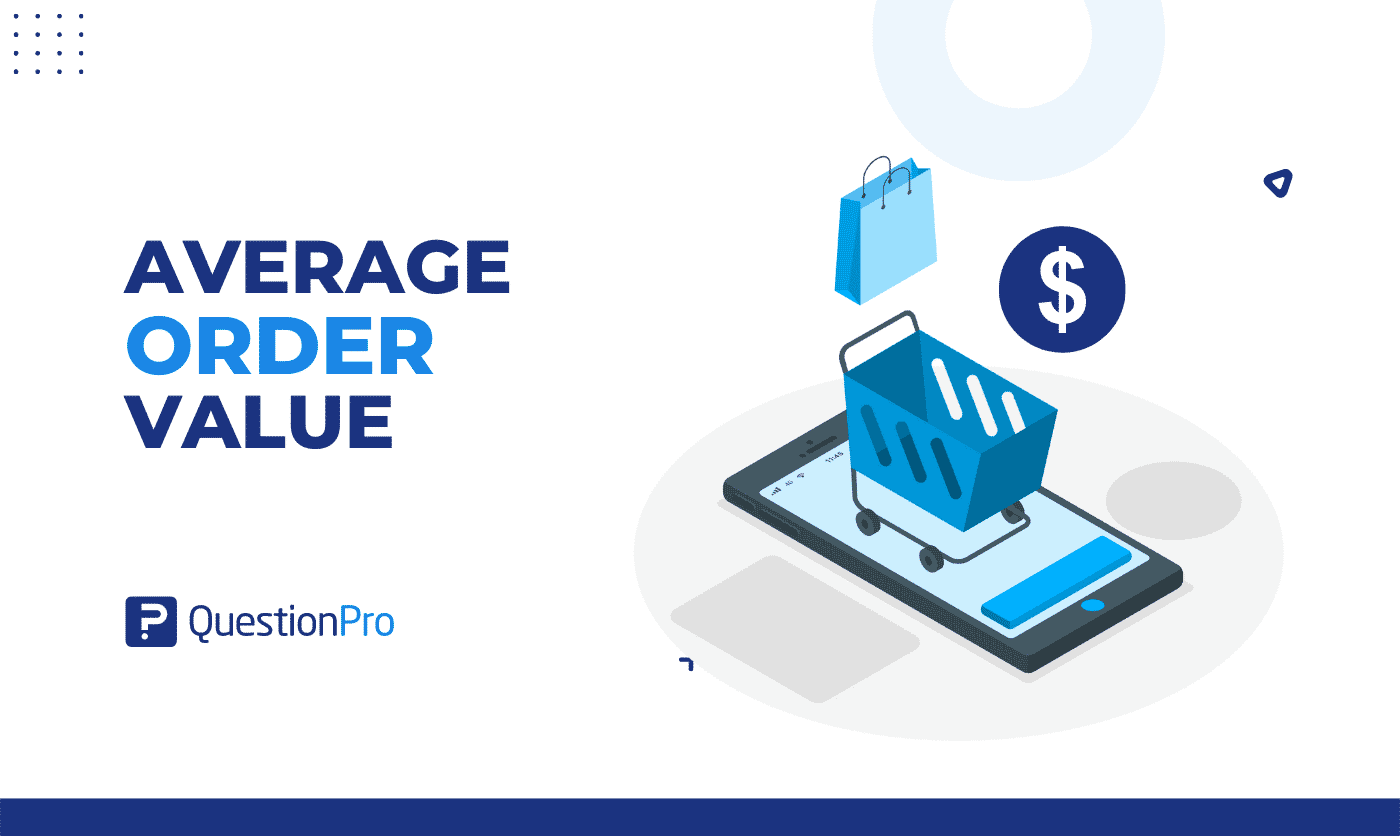B2B eCommerce Metrics and KPI to Track In Your Business

Success in the landscape of B2B eCommerce hinges in data-driven decisions. Monitoring and analyzing key performance indicators (KPIs) is crucial to understand the health and growth of your business. Let’s delve into the essential B2B eCommerce metrics and KPIs that can empower your business strategy and drive sustainable success with Fordeer!
Understanding B2B eCommerce Metrics and KPI
What are the eCommerce metrics?
The eCommerce metrics encompass a set of quantitative measurements and key performance indicators (KPIs) used to evaluate and analyze the performance of an eCommerce business. These metrics provide insights into various aspects of online retail operations, helping businesses assess the effectiveness of their strategies, make data-driven decisions, and track the success of their digital storefronts.
By monitoring and analyzing eCommerce metrics, businesses can gain a deeper understanding of customer behavior, optimize marketing and sales efforts, and enhance overall operational efficiency to drive sustained growth and profitability in the competitive online marketplace.

What is a KPI?
KPI stands for Key Performance Indicator. A KPI is a measurable value that demonstrates how effectively a company or an organization is achieving its key business objectives. KPIs are used to evaluate the success of a particular activity, project, or overall performance in relation to strategic goals. Key characteristics of KPIs include:
- Relevance: KPIs should directly align with the specific goals and objectives of the business.
- Measurability: KPIs should be quantifiable and capable of being measured objectively.
- Timeliness: KPIs often have a specific time frame associated with them, allowing for regular assessment and comparison.
- Clarity: KPIs should be clear and easily understood by all stakeholders, facilitating effective communication and decision-making.
Examples of KPIs vary depending on the industry and the specific goals of the organization. In eCommerce, for instance, conversion rate, average order value, and customer acquisition cost are commonly used KPIs. These indicators provide insights into the performance and effectiveness of various aspects of the online retail business. Overall, KPIs play a crucial role in helping businesses monitor progress, identify areas for improvement, and make informed decisions to drive success.
Why do eCommerce businesses need to track metrics and KPIs?
E-commerce businesses need to track metrics and key performance indicators (KPIs) for several crucial reasons:
Performance evaluation
Metrics and KPIs provide a quantitative way to evaluate the performance of an eCommerce business. They offer insights into how well the business is meeting its objectives and goals.
Strategic decision-making

By monitoring relevant metrics, businesses can make informed and data-driven decisions. This helps in identifying what strategies are working well and where adjustments may be needed.
Optimizing marketing efforts
Tracking metrics like customer acquisition cost (CAC) and conversion rates helps businesses assess the effectiveness of marketing campaigns. This information enables them to allocate resources efficiently and optimize marketing strategies for better ROI.
Customer experience improvement
Metrics such as bounce rate, cart abandonment rate, and average order value provide insights into the customer journey. By understanding customer behavior, businesses can enhance the overall user experience and address pain points in the buying process.
Inventory management

Metrics like inventory turnover help eCommerce businesses manage their stock effectively. Maintaining optimal inventory levels reduces holding costs and ensures that products are available to meet customer demand.
Financial management
KPIs, including average order value, customer lifetime value, and return on investment, are essential for financial planning and management. They aid in forecasting revenue, controlling costs, and maximizing profitability.
Competitive advantage
Tracking metrics allows eCommerce businesses to benchmark their performance against industry standards and competitors. This information helps in identifying areas where the business excels and areas that may need improvement to stay competitive.
Customer retention
Metrics such as customer retention rate and repeat purchase rate help businesses understand the loyalty and satisfaction of their customer base. This information is critical for implementing strategies to retain existing customers and build long-term relationships.
Adaptability to market changes
E-commerce is a dynamic and rapidly changing environment. Regularly tracking metrics allows businesses to adapt to market trends, consumer behavior shifts, and technological advancements.
Continuous improvement
Metrics provide a feedback loop for continuous improvement. By identifying weaknesses and areas for enhancement, businesses can iteratively refine their strategies and operations for long-term success.
B2B eCommerce Metrics and KPI to Track in Your Business
Customer retention rate
Maintaining a healthy Customer Retention Rate (CRR) is pivotal for the success of your B2B eCommerce venture. Essentially, it reflects how many customers consistently choose your online store for their purchases. A declining CRR may signal potential issues with your eCommerce platform's ability to meet and retain customer satisfaction.

A low CRR may indicate challenges in your customer services. Integrating AI into your customer service strategy can be a game-changer. AI technologies can facilitate quick and accurate responses to customer queries, reducing response time and enhancing satisfaction among your B2B clientele. Embracing such innovations can play a key role in elevating your overall customer retention efforts.
Customer acquisition cost
Understanding the customer acquisition cost (CAC) is like having a magnifying glass on the expenses associated with bringing in new customers. The calculation involves dividing the total amount spent on customer acquisition by the number of new customers acquired within a specific timeframe.
Why does CAC matter? Well, it's more than just a number; it's a key metric that gauges the effectiveness of your marketing campaigns and guides how you allocate your budget. You should consider implementing targeted content marketing strategies.
Order frequency
Order frequency is like a friendly reminder of how often your customers shop with you throughout the year. This metric isn't just a number – it's a key player in retaining customers and encouraging them to explore complementary products. Boosting order frequency isn't just about transactions; it's about building loyalty and maximizing customer lifetime value.
You can take advantage of order frequency to categorize your customers into segments like frequent buyers, occasional buyers, and one-time buyers. This segmentation empowers you to tailor your marketing strategies to match the preferences of your unique customer base.
Average order value (AOV)
A rising Average Order Value (AOV) signals a robust remarketing approach and a diverse product range. On the flip side, a decline may hint at customer dissatisfaction. Elevate your AOV by exploring tactics like bundling products or offering enticing discounts for minimum spending.

If the percentage is healthy or on the rise, it's a positive sign that users are enjoying their experience. Key influencers of return visits include smooth navigation, top-notch security, and a seamless ordering process.
You should invest in a well-designed website with user-friendly navigation and robust security features. Building customer trust encourages repeat visits. Plus, weaving in SEO strategies while designing your site ensures a steady influx of potential customers.
Cart abandonment rate
Ever wondered about the shopping cart abandonment rate? It's like the curious case of visitors placing products in their virtual carts but not sealing the deal with a purchase.
For eCommerce companies, this metric unveils the checkout process's hidden challenges. Crafting a checkout that's simple and user-friendly not only shows in this metric but also gives a boost to your online sales. It's like removing hurdles from the customer's path to purchase, making the journey smoother and more satisfying.
Return on investment
ROI, both on a grand scale and in the nitty-gritty, is the compass for savvy decision-making. Thriving companies regularly assess the ROI of various choices to gauge their impact. Ensuring that resources translate into value is the name of the game, and keeping a close eye on ROI is the compass guiding the journey toward profitability.
Conversion rate
Conversion rate is a key player in the eCommerce game, measuring the percentage of website visits that turn into purchases. In the US, the average conversion rate hovers around 2.58%, but B2B businesses can elevate these numbers by fine-tuning their websites, understanding customer needs, and employing persuasive Calls to Action (CTAs). From lightning-fast website loading to clearly highlighting perks like free shipping, integrating compelling CTAs can work wonders in boosting conversion rates.
Alongside customer-centric metrics, B2B eCommerce ventures should also keep an eye on internal benchmarks to ensure operational smooth sailing. Evaluating labor costs in logistics, warehousing, and construction provides valuable insights into operational efficiency. It's the perfect blend of customer focus and internal optimization for sustained success.
Customer lifetime value
Customer Lifetime Value (CLV) is a priceless metric aiding your business in projecting the total revenue anticipated from a customer throughout the entire relationship. It factors in average purchase values, purchase frequency, and the duration of the customer's association with your business.

Leveraging CLV allows you to pinpoint high-value customers, facilitating targeted marketing and sales efforts. You should treat your high-CLV customers to personalized offers, while implementing more cost-effective marketing strategies for your lower-CLV customers. It's the key to tailored engagement for sustained customer satisfaction.
Marketing-qualified leads
MQLs, or Marketing Qualified Leads, are the promising individuals in your sales pipeline who have shown a heightened likelihood of becoming valued customers. Your diligent marketing endeavors have successfully sparked interest in your products, and these individuals are now seamlessly integrated into the sales funnel. The quantity and caliber of MQLs, along with their respective positions in the sales funnel, serve as invaluable indicators for evaluating the overall effectiveness of your marketing initiatives.
Sales-qualified leads
Sales-qualified leads are like promising buds in your garden of potential customers. Meticulously examined by both marketing and sales teams, these leads have not only demonstrated an intent to buy but have also met the organization's stringent lead qualification criteria. Positioned further down the sales funnel, they stand as a testament to the effectiveness of your sales strategy.
In conclusion,
In the ever-evolving landscape of B2B eCommerce, staying ahead requires a keen focus on key metrics and KPIs. By regularly monitoring and optimizing these indicators, you can fine-tune your strategies, enhance customer experiences, and drive sustainable growth for your business.
Embrace the power of data, and let these metrics be your compass on the journey to B2B eCommerce success. Follow Fordeer Team for more valuable updates!











